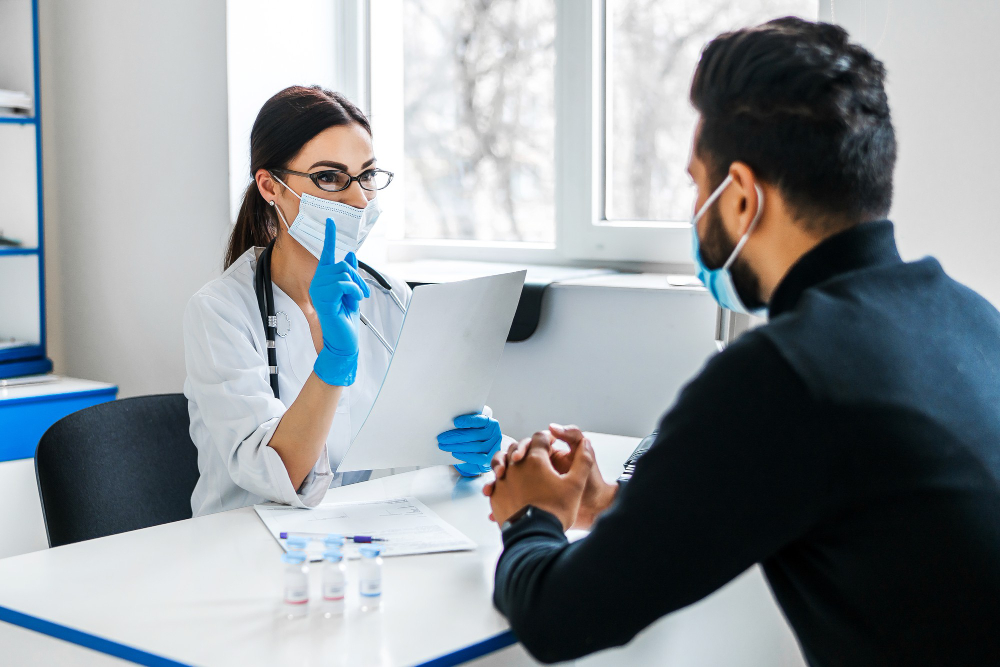Winter is here, and it can be difficult to stay motivated to exercise when the temperatures drop. It’s easy to feel like you have little energy and that your body is aching just to stay inside in the warmth. However, there are ways to stay motivated and get moving even during the cold winter months.
With a few simple tips, you can make exercising in cold weather more manageable and enjoyable. In this blog post, we will explore how to motivate yourself to exercise in cold weather so that you can stay healthy and active all year round.
Motivation Tips to Exercise in Winter
It’s hard to get motivated to exercise when it’s cold outside. But there are actually a few benefits to working out in the cold weather. For one, you burn more calories when your body is trying to keep warm. And secondly, it can actually help improve your mood and give you more energy.
So how do you get yourself to brave the cold and head out for a workout? Here are a few tips:
- Find an activity that you enjoy
- Dress Appropriately
- Start Slow
- Set Goals
If you hate running, don’t make yourself do it just because it’s supposed to be good for you. Find an activity that you enjoy and that doesn’t feel like work. Maybe that’s hiking, playing tennis or even just walking the dog.
It’s important to dress properly for cold weather workouts. Wear layers of clothing that you can peel off as you start to heat up. And make sure your extremities are covered – wear a hat, gloves and scarf if necessary.
If it’s been awhile since you worked out, don’t try to do too much too soon or you may risk injury. Start slow and gradually increase the intensity of your workouts as your fitness level improves.
Having specific goals to strive for can help keep you motivated during those tough winter months. Whether it’s losing weight, training
Challenges of doing exercise in cold weather
One of the main challenges of exercising in cold weather is that it can be difficult to stay warm. If you’re not dressed properly, you may start to feel cold very quickly, which can make it hard to keep moving. It’s important to dress in layers so that you can adjust if you start to feel too warm or too cold.
Another challenge of exercising in cold weather is that it can be difficult to breathe. The air is often colder and drier in winter, which can irritate your lungs and make it hard to take deep breaths. Again, dressing properly can help, as a scarf or mask can help protect your lungs from the cold air.
Finally, it can be harder to motivate yourself to exercise in cold weather because it’s not as pleasant as being outdoors when it’s warm. However, there are plenty of ways to make exercising in cold weather more enjoyable. For example, you could listen to music or podcast while you walk or run, or find a friend to exercise with so that you can chat and pass the time together.
Tips of staying motivated for exercise and face the challenges during cold
It can be tough to stay motivated to exercise when the weather is cold, but there are a few things you can do to make it easier. First, dress in layers so you can adjust your clothing as needed. Second, find an activity that you enjoy and that you can do indoors if necessary. Third, set small goals for yourself and celebrate when you reach them. Finally, remember that even a little bit of exercise is better than none at all.
Conclusion
Although motivating yourself to exercise in cold weather can be a challenge, it is possible with the right strategies. Exercise has numerous benefits for your physical and mental health, so it’s important that you make time for it regardless of the season or temperature. With these tips and tricks, you should now have plenty of ideas on how to keep your motivation high during those colder months. So get out there and enjoy some fresh winter air!





